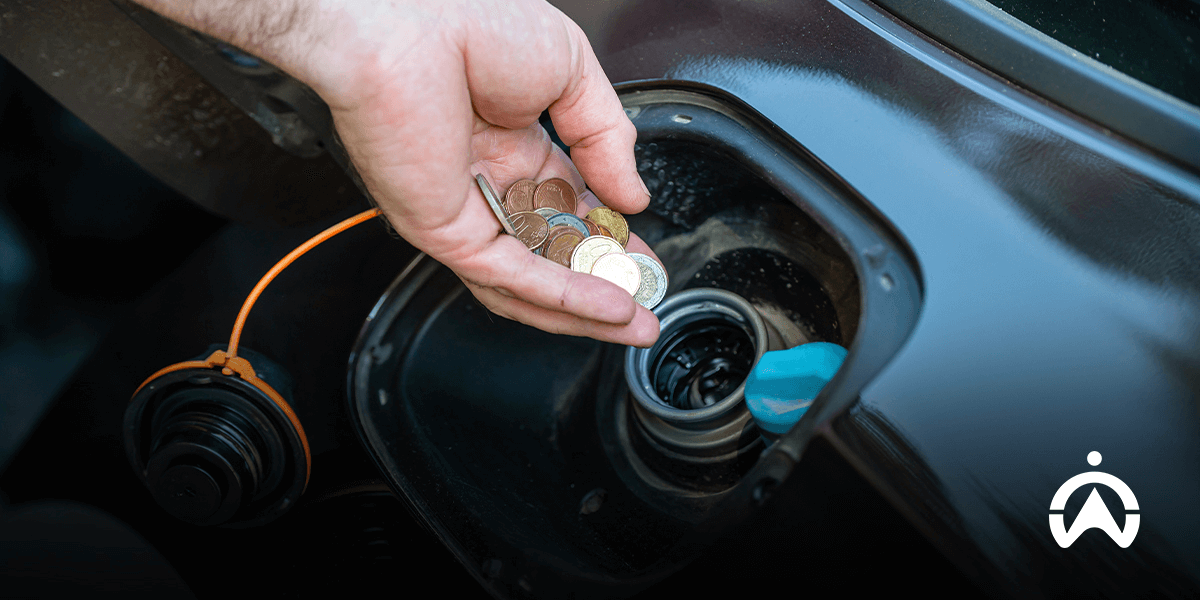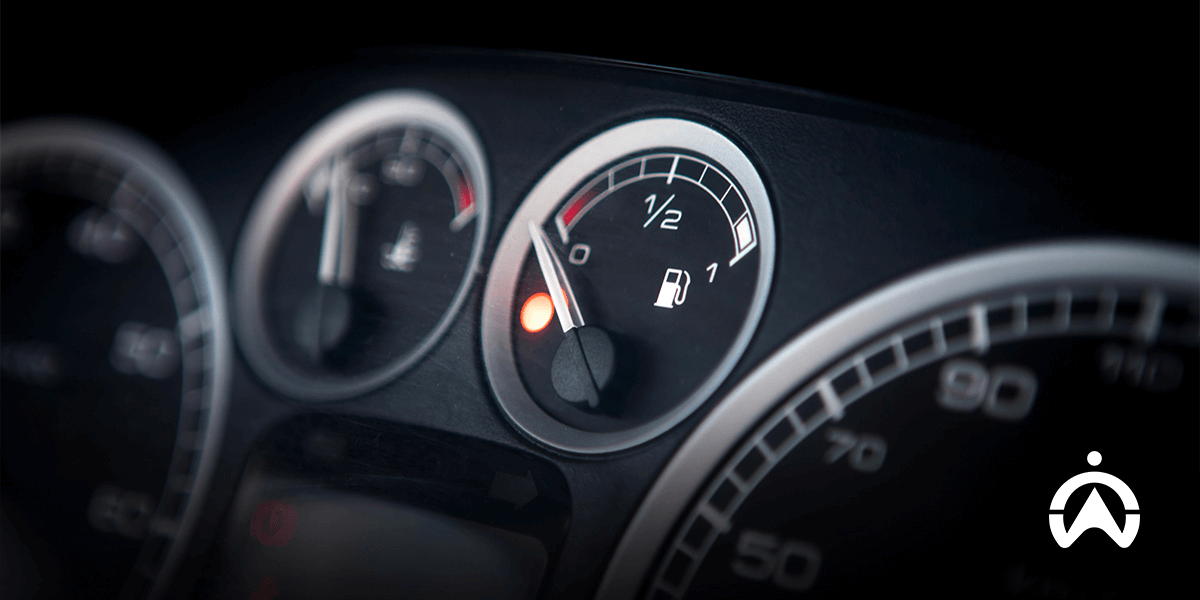- Solutions
- The Company
- About usCartrack offers smart fleet solutions guaranteed to optimise your fleet and workforce, no matter how big or small your business.
- Investor RelationsCartrack has a history of strong cash flow generation and cash conversion, low financial leverage and strong dividends.
- CareersCareers portal. View all the current Cartrack career openings and opportunities available.
- Resources
- Contact Us
- Bahasa
- Login
Why Aggressive and Careless Driving Will Slowly Destroy Your Fuel Economy

---- 2024/06/25 ---
The ultimate survival skill in the South African economy is being business savvy, especially in the fleet business with climbing fuel prices. One of the hidden culprits of fuel wastage is aggressive and careless driving, and if you leave it unchecked, it will slowly destroy your business’s fuel economy.
What if I told you that your driving “style” is crucial in how often you have to refill? Let’s look at what you can do to improve your fleet’s fuel economy.
What is fuel economy?
Fuel Economy refers to the distance a vehicle can travel given the fuel volume, and is measured by the litres of fuel per 100km. The higher the litres per km you can travel, the better your vehicle’s fuel economy. Some of the most important components to consider in terms of fuel consumption and economy are driver behaviour and whether the vehicle is well-maintained. There’s nothing like sudden acceleration and faulty or worn parts to kickstart a fuel-guzzling bonanza that can cost you a fortune.
What can be classified as careless/aggressive driving?
Any driving behaviour will naturally affect your vehicle’s longevity and lead to expenses but what makes careless driving different is just how much more fuel it wastes and the increase in damage it can cause in a shorter space of time—not to mention safety concerns. To avoid careless or aggressive driving, you first need to know what these behaviours are, so let’s take a look:
- Sudden or harsh braking: Harsh braking can lead to vehicles using up to 30% more fuel. How? The vehicle’s transmission shifts to a lower gear to regain the lost momentum, which then takes up more fuel.
- Excessive idling: Letting the engine run while the vehicle is stationary for just a minute can consume up to 21.1g of fuel for a heavy goods vehicle; these are the results of a study done by the Transport Research Laboratory. Idling when you don’t have to can also cause greater wear and tear over time.
- Rapid acceleration: Accelerating your vehicle from a lower speed to a higher speed in a short period requires more energy than steady acceleration, leading to rapid drops in fuel levels instead of your fuel being used economically.
- Revving the engine: Drivers tend to warm up the car in colder weather by revving the engine. As the vehicle is not moving towards a destination, the fuel used to rev the engine is wasted and can build up to significant fuel expenses over time.
- Driving while carrying a heavy load: Sometimes, we tend to squeeze more stuff into our vehicles to limit our trips, whether it’s cargo meant for dispatch or luggage when we’re en route to a well-deserved vacation. Overloaded vehicles not only become fuel-guzzlers of note, but they are also safety risks on the road, as the driver will find it more difficult to apply an emergency brake, and cargo is more prone to fall off in transit.
Additionally, overloading a vehicle lowers tyre pressure, making the tyres run hotter. This leads to higher fuel costs, as under-inflated tyres can lower fuel mileage.
- Ignoring maintenance warning signs: Ignoring vital signs on your dashboard, such as the oil signal, will cause the engine to work harder because it lacks lubrication. This will result in higher fuel consumption, which will require you to fork out more money for fuel costs.
Driver misbehavior is bad for your business. It revs up fuel costs, poses a danger to other drivers, and potentially increases fleet downtime with increased accidents, maintenance, and repairs.

How does careless driving damage your vehicle and shorten lifespan?
As we all know, you get the most value from your fleet when vehicle longevity is soaring. Careless driving increases the wear of crucial vehicle components such as the engine, transmission, brakes, and suspension. Regular maintenance alone is not enough to keep a vehicle running smoothly. Vehicles will need more replacements as aggressive driving goes on.
Why do people drive aggressively?
We need to remember that fleet drivers are human. Every job comes with its pressure, and drivers face the pressure to make on-time deliveries while driving through traffic. This is why fleet managers must plan less time-consuming routes so delivery deadlines can be easily met.
The impact of aggressive driving on the environment
I’m sure you’ve found yourself saying “the weather” never used to be like this. According to the International Energy Agency (IEA), road transport accounts for 15% of global carbon emissions. Burning fossil fuels like petrol and diesel releases carbon dioxide into the atmosphere. Carbon dioxide (CO2) and other greenhouse gases, like methane, are causing the earth’s atmosphere to be warm, causing the climate change we are already starting to see.
Net Zero Emissions
Net zero means balancing the amount of greenhouse gases we emit with the amount we remove. According to the United Nations Climate Action, the Earth is currently 1.1 ° C warmer than it was in the 1800s, and we need to keep it no more than 1.5°C. To reach this goal, global net emissions of CO2 need to reach net zero by 2050, while emissions need to be reduced by 45% by 2030.
As we now know, aggressive driving burns fuels faster and is a major contributor to harmful emissions. Not only will bad driving habits drain your fuel, but they will also have a devastating effect on our climate.
Healthy driving for better fuel economy
As they say, “old habits die hard,” but it becomes easier once you understand these changes' benefits for your fleet’s fuel economy. Here are the simple changes you can introduce to your daily trips:
- Keep a safe distance in traffic
A safe distance during traffic congestion helps you avoid sudden braking and acceleration. You will also get the hang of the traffic flow and improve your hazard anticipation.
- Regular vehicle maintenance
With a detailed vehicle maintenance plan, fleet managers can avoid possible breakdowns in the long run and save fuel. For example, using the manufacturer’s recommended grade of motor oil, your mileage can be improved by 1% - 2%.
- Choose the most efficient route
A well-planned trip means effortless travelling, possibly with less traffic, reduced idling and less time spent on the road. Many fleet managers use fleet software to avoid unnecessary miles, which also helps prevent road rage incidents that trigger aggressive driving.
- Maintain a steady speed
Driving above the legal speed limit can cause accidents, wear out tyres, and waste fuel. Drivers must accelerate slowly and keep a constant speed to help minimise fuel consumption.
- Avoid excessive revving
Once you start your vehicle, move immediately instead of revving to “warm up” the engine. Even when driving, unnecessary revving wastes a lot of fuel and increases wear and tear on the pads and engine, meaning there will be more expenses in the long run.
- Check tyre pressure
Low tyre pressure causes too much of the tyre to touch the ground, causing friction and increasing rolling resistance, making the engine work harder. Drivers must keep tyres properly inflated and maintain the correct tyre pressure. Remember that nothing lasts forever, so you must know when to replace the tyres.
- Manual drivers - use gears wisely
Drivers should stay in the highest gear possible for most journeys. Moving up one gear at a time faster results in more fuel going to waste. Also, when going downhill, it is always advised to switch to the lowest gear.
- Get a fleet management system to help you monitor driver behaviour and fuel consumption.
Last but certainly not least, get a fleet management system that will help plan all the routes, see everything your drivers get up to, monitor transactions on your fuel card, and help you schedule your vehicles for maintenance. A sound fleet management system will give you insight into all things related to your fleet so you can make more informed decisions and train drivers if need be.

The best fleet management platform for your fuel economy - Cartrack
Here's how Cartrack can help you save fuel, costs, lives, and the planet. We have a fleet management system with features that allow you to keep track of fuel costs and driver behaviour.
- Advanced Driver Assistance Systems (ADAS)
Using camera-based sensors, intelligent algorithms, and artificial intelligence (AI), ADAS helps drivers maintain a safe following distance by monitoring the distance between vehicles. This will high key come in handy when the goal is to avoid harsh braking and accidents.
- Fuel Monitoring
Using Cartrack’s fuel monitoring tool, you can monitor your fleet’s fuel levels and see when sudden changes in fuel usage occur. Combining fuel monitoring with MiFleet’s fuel validation, fuel fraud/theft detection system, and driver scorecards, you’ll be able to pinpoint whether the cause is harsh driving, fuel theft or fraud.
- AI LiveVision
With Cartrack’s AI LiveVision cameras, you get 24-hour access to your fleet. Drivers will also receive real-time audible alerts whenever distracted driving, such as cell phone use and fatigue, is detected. The cameras also detect speeding, harsh cornering, and harsh braking.
- Driver Scorecards
Get an overview of each of your drivers’ behaviour with Cartrack’s driver reports and scorecards. This will help you pinpoint specific areas of improvement and offer coaching to enhance their skills and create safer and more fuel-efficient driving habits.
Introduce a culture of mindful driving with Cartrack solutions
Cartrack’s innovative solutions help you put money back into your pocket to sustain your fleet and optimise your operations the way you need to.
Contact us today and make bad driving habits a thing of the past.













 Select Countries
Select Countries